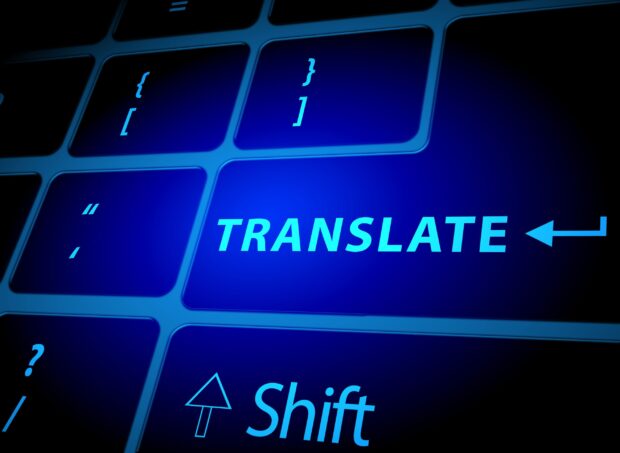

Google has announced the arrival of 110 new languages to its online translation tool. These include rare dialects from all over the world. This new offer has been made possible by advances in artificial intelligence.coin play
What promises to be the biggest ever update to Google Translate will bring regional languages, some of them endangered, to the fore. This feat has been achieved thanks to the PaLM 2 language model, unveiled at the Google I/O conference in 2023, which is particularly effective for learning languages that are fairly close to one another.
From Cantonese to Wolof, Manx, Breton and Occitan — to name but a few — these newly added languages are spoken by a combined 614 million people worldwide,”opening up translations for around 8% of the world’s population,” says Google. In all, almost a quarter of these new languages come from Africa, including Fon, Kikongo, Luo and Swati. Among these are languages spoken by very small indigenous minorities, but which are being revitalized, as Google Translate is now helping to do.
Article continues after this advertisementFor languages with several regional varieties, dialects or spelling norms, Google has deliberately chosen to give priority to those most commonly used. This is the case, for example, with Romani, a language with numerous dialects throughout Europe.
Google Translate previously supported 133 languages. The addition of these 110 new languages will be coming to the Google Translate web platform and the accompanying mobile application. Google is now committed to building new AI models to support the world’s 1,000 most widely spoken languages.
Subscribe to our daily newsletter